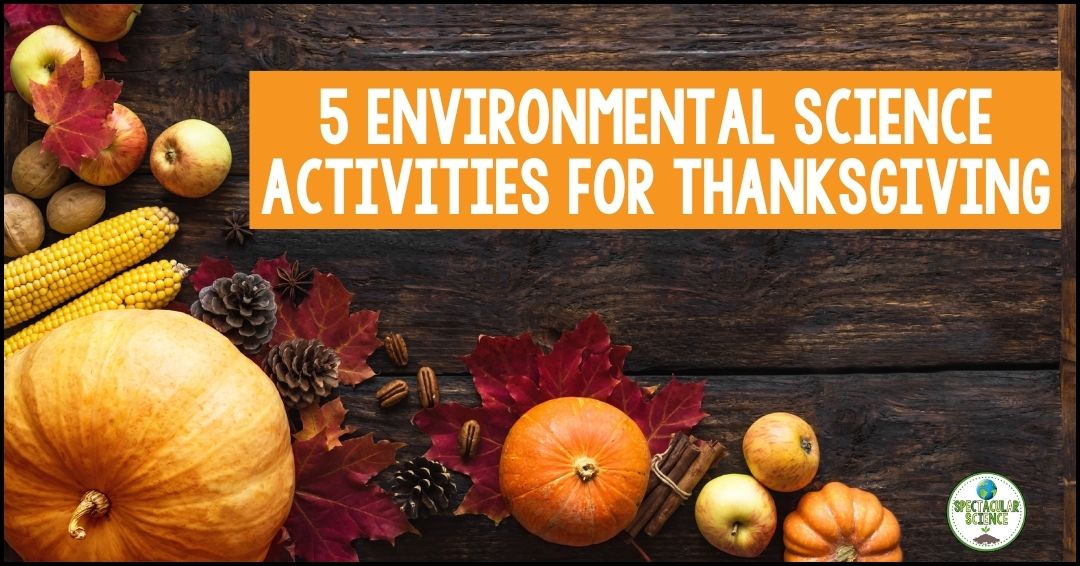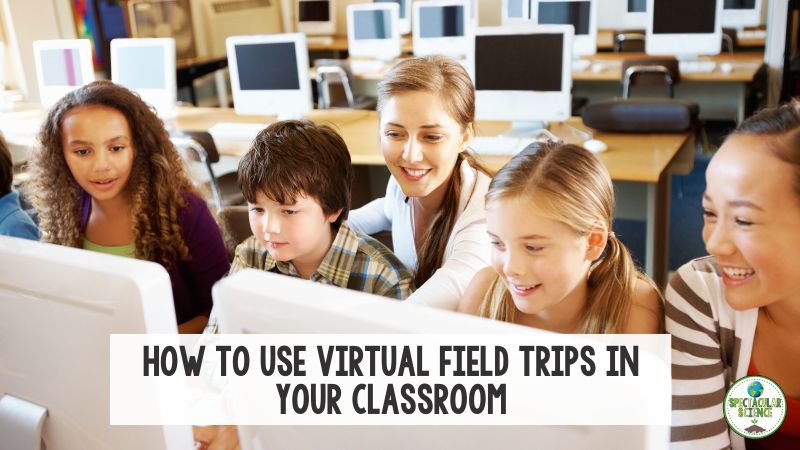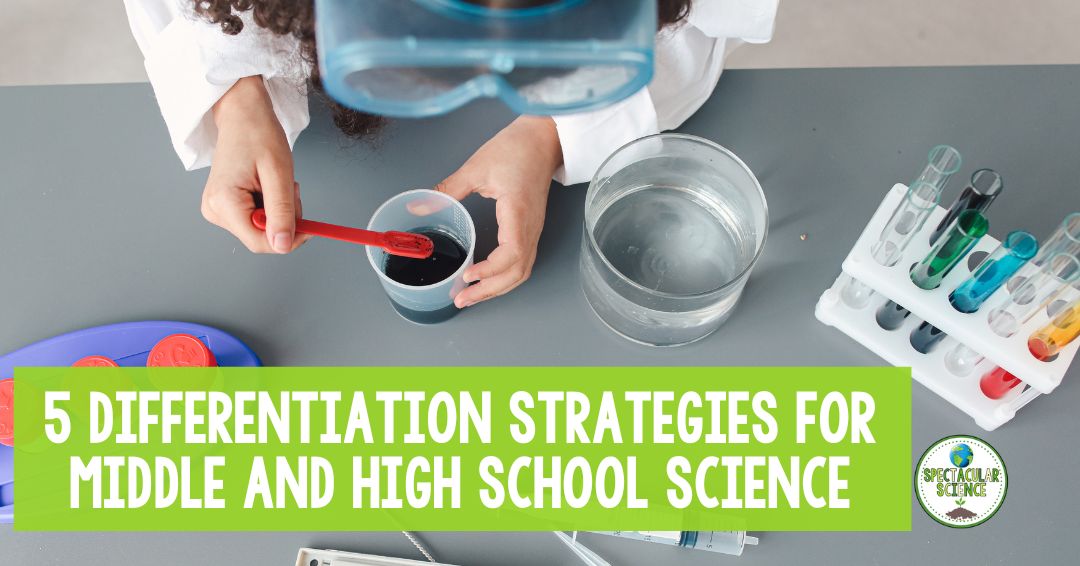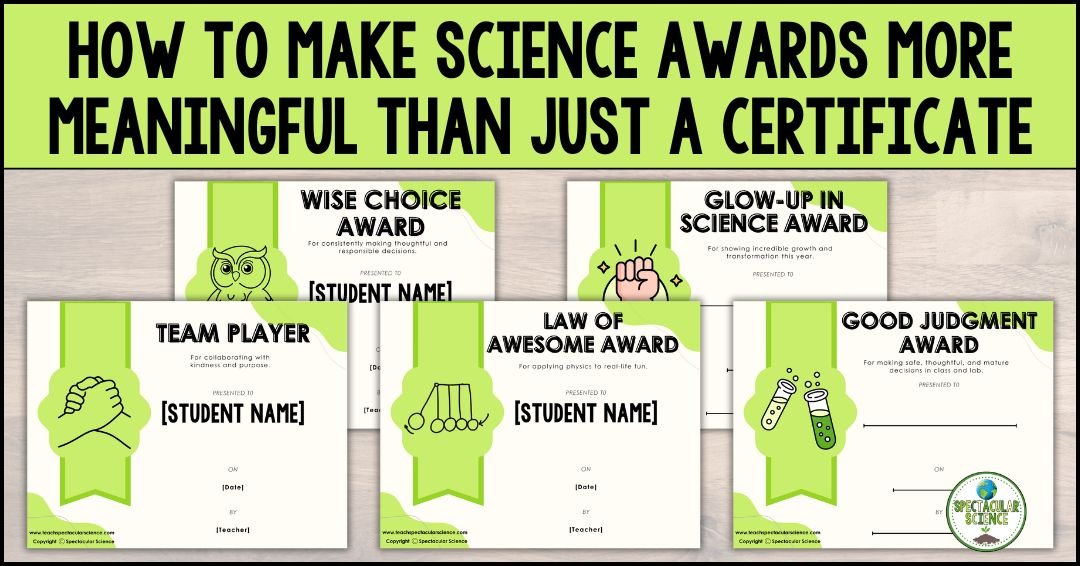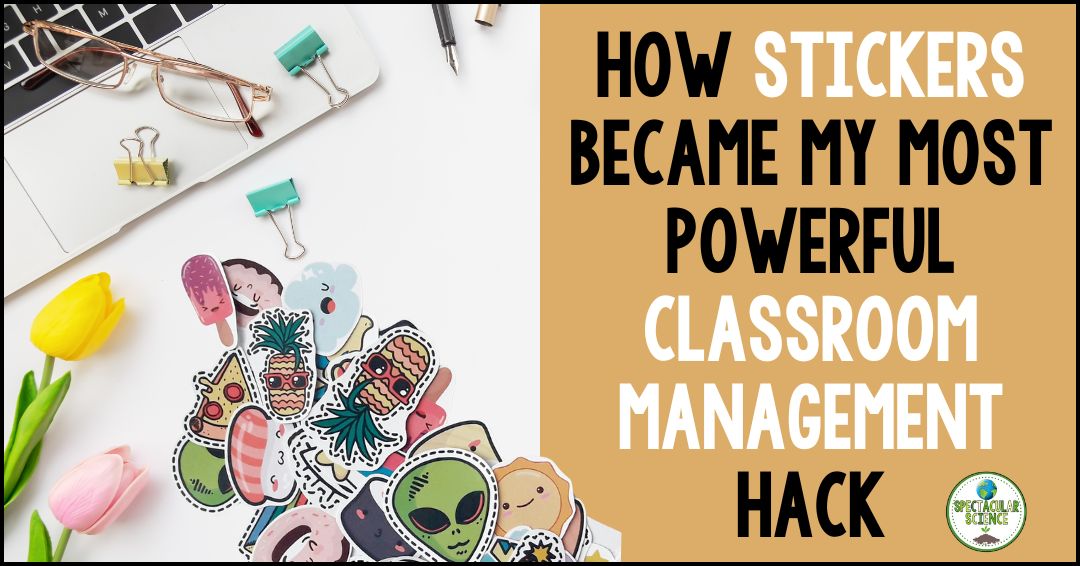
Middle school and high school science classes become truly captivating when we establish direct connections between the subject matter and the real world. It is even more rewarding when these connections can generate positive outcomes for both the world and our students. This is precisely why it is highly beneficial to teach about sustainability and integrate sustainability activities into our classroom practices. By doing so, we instill in our students a deep understanding of the importance of sustainability and empower them to make a difference in the world around them.
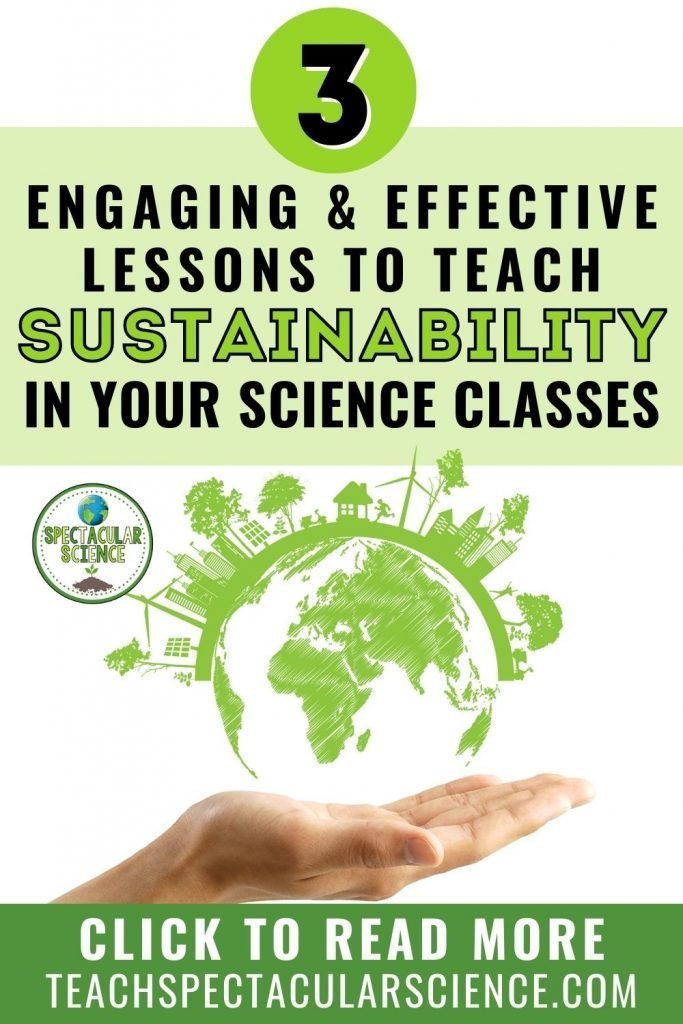
This is the second post in a series on teaching about sustainability in your middle school and high school science classes. Read the first post A Better Way to Teach Sustainability.
Other ways to teach sustainability include lessons on ecological footprints, green living, and how to live sustainably. Each of these goes a long way in making impactful connections for our students. Read on for ways to deliver these lessons in your middle school and high school science classes.
FOCUS 1: Ecological Footprint Lessons
An ecological, or eco-, footprint is how much one consumes and wastes in comparison to how quickly nature can regenerate to match that consumption and waste.
Learning about this concept is important and eye-opening for students. Often they’re aware of environmental effects in some ways such as how eliminating plastic straws can save turtles. But being able to make a direct and personal connection will help to solidify their understanding.
To start, have students figure out their eco-footprint with free calculators like those available at The Nature Conservancy or The Global Footprint Network.
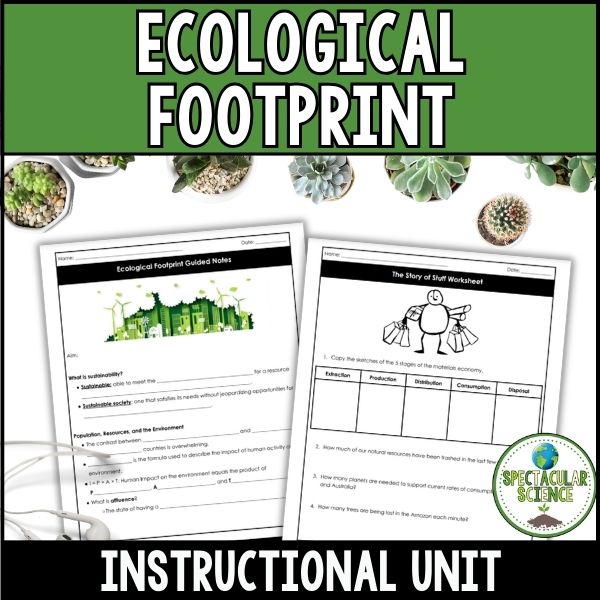
Then, build on this knowledge with ecological footprint lessons like those in this one-week unit. In these ready-to-go interactive and engaging activities, students review and apply information gained from “The Story of Stuff” and research and plan for a dinner party – a project that’s always a hit with students. Students are set up for success in the unit with guided notes for presentations and more, and teachers are set up for success with full lesson plans and answer keys!
With specific lessons like these, students can begin to understand how their own actions have environmental consequences.
The best part of teaching ecological footprint lessons is that once students are aware of their actions they can make small, incremental changes in their own lives, including exploring green living, that can have a significant effect on their world.
FOCUS 2: Green Living Lessons
Green living is also known in some circles as zero-waste living or net-zero living. In each instance, the goal is to reduce your environmental impact – to reduce one’s eco-footprint – in ways that are big and small.
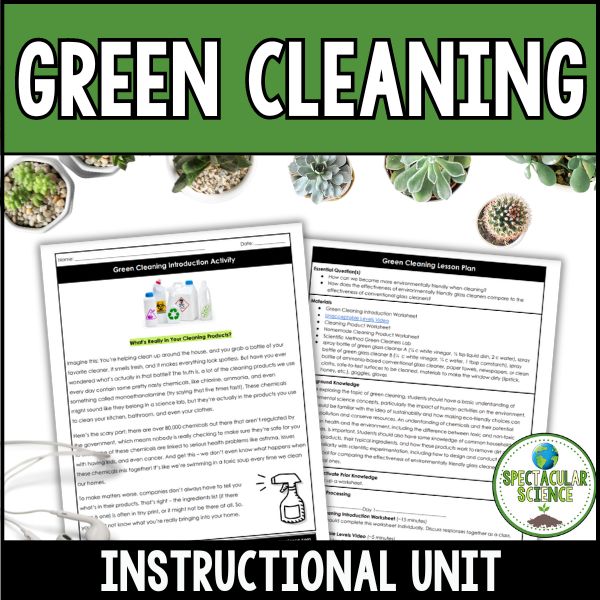
Some ways this can be done is to reduce how much meat you eat, to shop locally, to compost, to eliminate single-use plastics, and to consider the products you use in day-to-day life that can be changed for the better.
A lab activity where students investigate different cleaning solutions – those that are chemically based versus those that are greener – is a terrific way to teach about green living.
Use this low-prep eco-friendly 2-day lesson to have students answer two essential questions: “How can we become more environmentally friendly when cleaning?” and “How does the effectiveness of environmentally friendly glass cleaners compare to the effectiveness of conventional glass cleaners?” This resource gives you all of the tools you need to make this lab happen in your class.
FOCUS 3: Lessons on Living Sustainably
Knowing your eco-footprint and figuring out ways for green living can help anyone live more sustainably, and, for our students, this can be quite meaningful.
Lessons about sustainability are also a way to include specific practice with key skills. Engaging students in challenges to find solutions to real-life problems is another way for students to hone their problem-solving skills through a lens of sustainability.
Problem-solving skills are important because they incorporate critical and creative thinking as well as resilience and determination. These are 21st-century skills that can benefit students in day-to-day life in the classroom and beyond.

One lesson that had my students engaged and coming up with brilliant ideas was this project on hidden energy costs. With this project students research the steps required to create a common good such as sneakers or even the pencil they use in class (or often forget to bring to class!).
With the project students strategize how the environmental impact of the production of an item could be reduced without sacrificing the appeal or performance of the item. And time and again students come up with impressive work! Part of that is the result of students becoming subject experts by considering everything, including materials and energy used in manufacturing. As a final step in this project, students present the steps of production and the environmental implications, and then create a re-engineering plan to showcase their learning.
Sustainability Activities Take-Aways
Whether you complete one or all of these lessons, there will be a direct impact on your students and the world beyond your classroom when you include sustainability activities in your lesson planning. It might lead to a small change but all change is important and can make a difference!
Consider that there are cities around the world engaging in innovation to become more sustainable. Our students are part of this ‘new’ world and with knowledge and understanding gained from the lessons they engage in within your class, they can further develop skills that lead to such innovation in class, at home, and around the world!
How do you incorporate these eco-ideas into your classroom? Share them with other teachers in the comments below.








